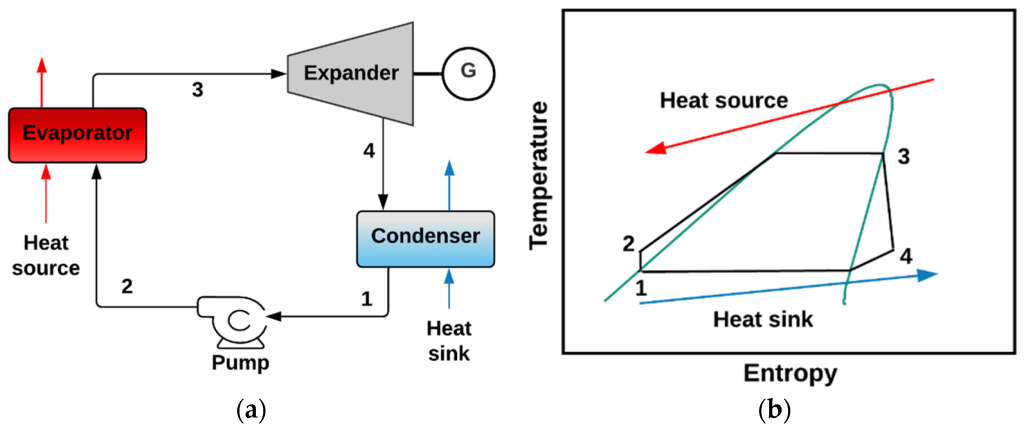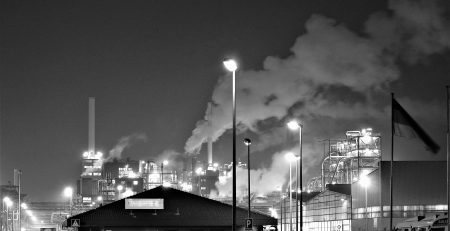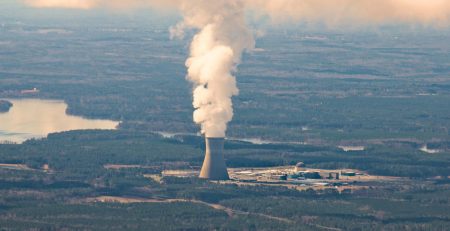Revisiting the Philosophy of Energy
What is energy, really? Not just kilowatt-hours, or thermal flows through walls—but conceptually? This question might seem abstract, even philosophical. And yet, in the work we do at BAARCH—an engineering consultancy rooted in building decarbonization—it has become increasingly important. We often design for energy efficiency without questioning the nature of energy itself. In this piece, we revisit the roots of the concept, from Aristotle to Rankine, and propose a reflection relevant to how we design, measure, and interpret energy in the built environment.
Where Energy Begins — Actual, Potential, and Virtual
We usually describe energy as existing in two main forms: kinetic (movement) and potential (stored). These are useful categories. But digging deeper, 19th-century engineer William Rankine used the terms “actual” and “potential” to make a more nuanced distinction.
In his view, actual energy is already doing something. It’s heat inside a furnace, pressure in a pipe, or motion in a spinning fan. Potential energy, by contrast, is that which could be transformed—but isn’t yet. The tension in a compressed spring, the altitude of a raised weight.
Interestingly, Rankine places actual energy before potential: without something already hot, no water can be boiled. This reverses the typical narrative where “potential” comes first.
Even more intriguing is Rankine’s use of the word virtual (borrowed from Carnot): two actual energies can exist side by side—hot gas, cold water—but the potential energy emerges only when they interact. In this framing, energy isn’t about stored versus moving, but about configuration, relation, and purpose.

The Philosophical Roots — Energy as Entelechy
Aristotle’s concept of energeia meant more than physical energy. It meant being “in activity,” or fulfilled purpose. From that came entelechy—a state of being where a thing fully realizes its potential.
Bringing this into our context: energy in a building is not just a number on a meter. It’s a relationship between systems, people, and intentions. A hot gas boiler has energy. But it only becomes purposeful—entelechial—when it’s used to heat water, to warm a room, to provide comfort. Energy isn’t just power; it’s purpose in action.
For BAARCH, this is more than an academic idea. It’s how we approach decarbonization: not by isolating systems, but by understanding the end-use, the interactions, and the why behind the numbers.

Engineering vs. Relation — What We Often Miss
Modern energy modeling, for all its precision, often abstracts energy away from its human context. It models flows and systems, but not relations. Not the timing of someone opening a window. Not the decision to override a setpoint. Not the human perception of comfort.
Here lies a critical blind spot. Buildings are not just technical objects—they are inhabited systems. Their performance arises from feedback loops between users, operations, and design. Ignoring this means designing for potential efficiency that never becomes actual.
This is where BAARCH bridges engineering and behavior. We’ve seen firsthand how behavior—when properly engaged—can unlock reductions of 5% to 15% in operational energy use, with no hardware upgrades. It’s not magic. It’s physics, in context.

Purposeful Efficiency — Not Just Lower, But Better
Too often, energy efficiency becomes a race to lower numbers: fewer kWh, less CO₂, smaller bills. These are valid goals. But what if we designed not just for “less,” but for “better”?
This is where entelechy returns. A well-designed space is not just low-energy—it’s fit for purpose. It sustains comfort, supports well-being, and responds intelligently to use. At BAARCH, we call this relational efficiency. It’s not just about optimizing inputs, but aligning energy use with human patterns.
In practice, this means co-creating strategies with occupants, prioritizing operational feedback, and resisting the urge to automate without context. It’s slower work, but it lasts.
Rethinking Energy for a Living World
As engineers, we often treat energy as a neutral substance—watts to be measured, managed, and minimized. But this view is incomplete. Energy, when viewed through Rankine and Aristotle, is always in relation. It is actual, virtual, potential—and ultimately purposeful.
To decarbonize the built world, we need to rethink energy not only as a quantity, but as a dynamic expression of use, meaning, and intent. At BAARCH, this philosophy shapes how we work—with data, with clients, and with the reality of human-centered buildings.
Let’s move from efficiency in theory to purpose in practice.
If this resonates, follow BAARCH for more grounded reflections at the intersection of philosophy, engineering, and sustainability.








